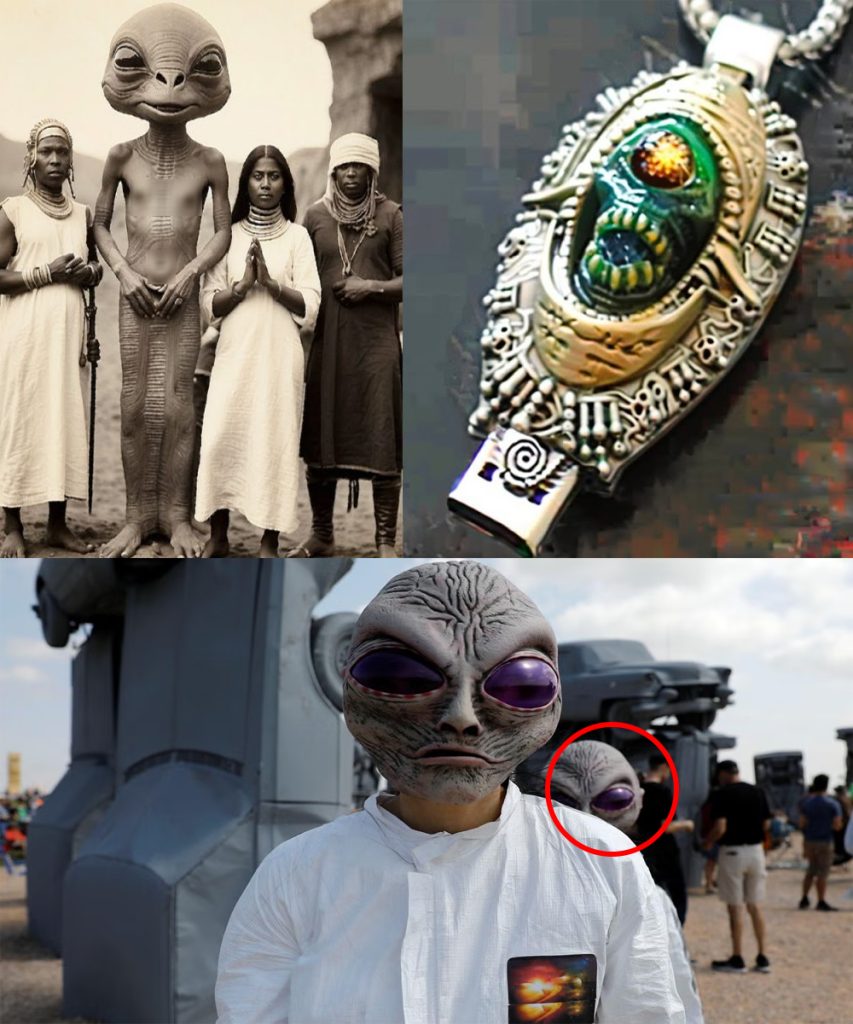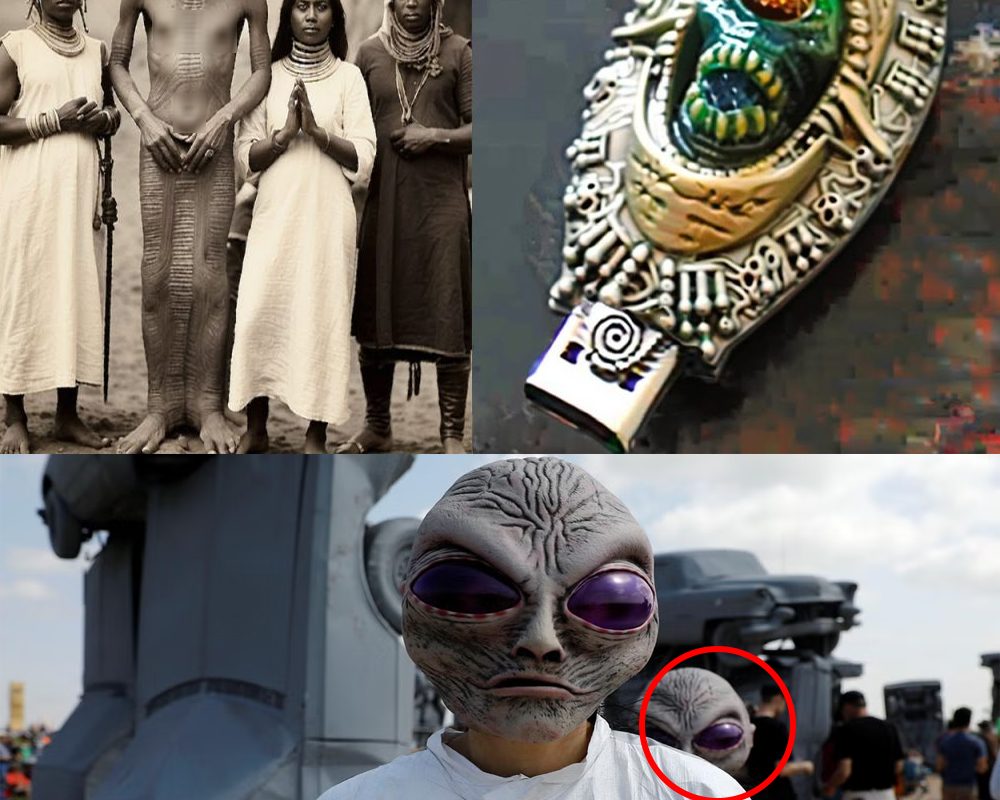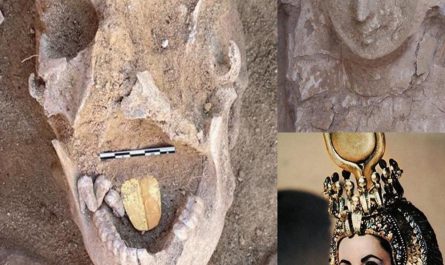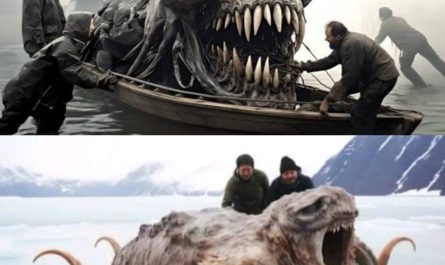It was a chilly autumn evening when John stumbled upon an old USB stick while rummaging through a dusty box of forgotten items in his attic. The device was unassuming, its metallic surface tarnished and scratched, but it bore a small, cryptic engraving: “Project Orion.” Intrigued by its potential contents, John hurried to his computer, eager to uncover the secrets hidden within.
As he inserted the USB stick and the contents loaded, John’s anticipation grew. The file directory was sparse, containing only a few folders labeled “Mars 1965,” “Moon 1969,” and “Unknown.” Each folder contained numerous subfolders and files, all dated decades ago. The allure of what could be hidden in these ancient digital archives was irresistible.

John started with “Mars 1965.” The first image to appear on his screen was grainy and black-and-white, depicting a desolate landscape under a dimly lit sky. He quickly clicked through more images, each showing progressively clearer views of the Martian terrain. Among the standard rock formations and dry riverbeds, one photo stood out: a cylindrical object partially buried in the sand, with what appeared to be intricate markings along its surface. His heart raced at the sight. Could this be evidence of an extraterrestrial presence on Mars?
Next, John opened the “Moon 1969” folder. Expecting to find familiar images from the Apollo missions, he was surprised to discover photos he had never seen before. Some showed the lunar surface in remarkable detail, capturing odd structures and shapes that didn’t resemble natural formations. One image in particular grabbed his attention: a dome-like structure partially hidden in the shadows of a crater. He leaned in closer, trying to discern more details. Was it a trick of light and shadow, or something more significant?
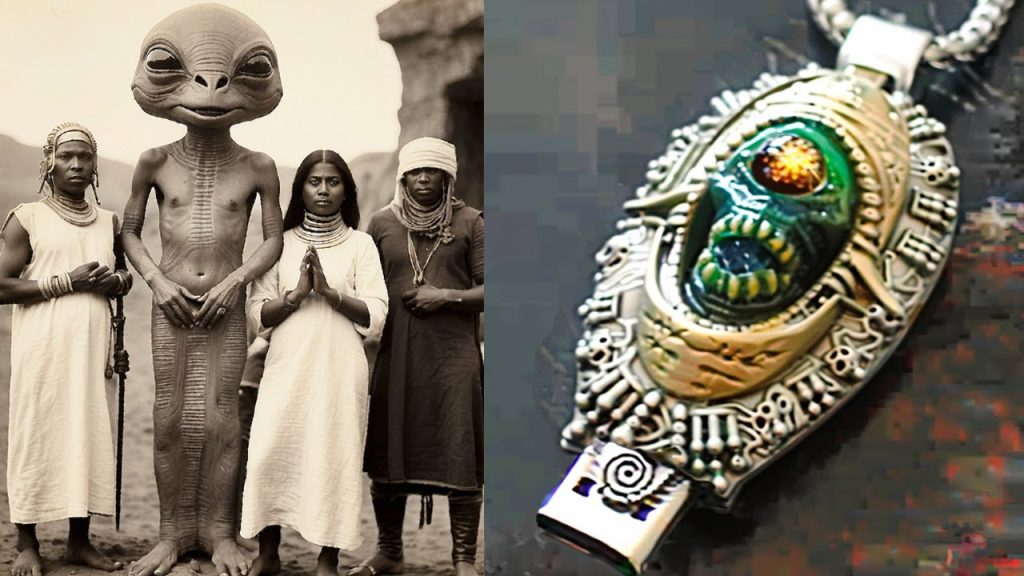
The final folder, “Unknown,” held the most promise and dread. Its contents were a mix of images and documents, many labeled with enigmatic names like “Incident 42” and “Artifact 17.” As John sifted through the files, he found a video titled “UFO Sighting 1972.” His curiosity peaked, he clicked play. The footage was shaky and blurred, showing a bright object moving erratically across the sky. The audio, filled with static, included frantic voices discussing the object’s speed and trajectory. John replayed the video multiple times, captivated by the mystery it presented.
One document in particular caught John’s eye. It was a report detailing an encounter between an astronaut and an unidentified flying object during a space mission. The report included the astronaut’s testimony, describing the object as a “metallic disk with pulsating lights.” It also mentioned efforts to keep the incident under wraps to avoid public panic.
As John delved deeper into the files, he began to piece together a narrative that suggested a long history of unexplained phenomena and possible extraterrestrial encounters, meticulously documented and hidden away. The implications were staggering. If these documents and images were authentic, they could rewrite history and challenge humanity’s understanding of its place in the universe.

John realized the gravity of what he had uncovered. He was now in possession of potentially world-altering information. The question was, what should he do with it? Should he share these discoveries with the world, risking ridicule and disbelief, or keep them secret, protecting the knowledge but also perpetuating the mystery?
In the end, John decided to take a calculated risk. He began contacting experts in the field of space exploration and UFO research, hoping to verify the authenticity of the USB stick’s contents. He knew that if the information was real, it would need to be handled with the utmost care and credibility. As he waited for responses, John felt a mixture of excitement and apprehension, knowing that the mysterious USB stick had opened a doorway to a new realm of possibilities and questions about the universe.
